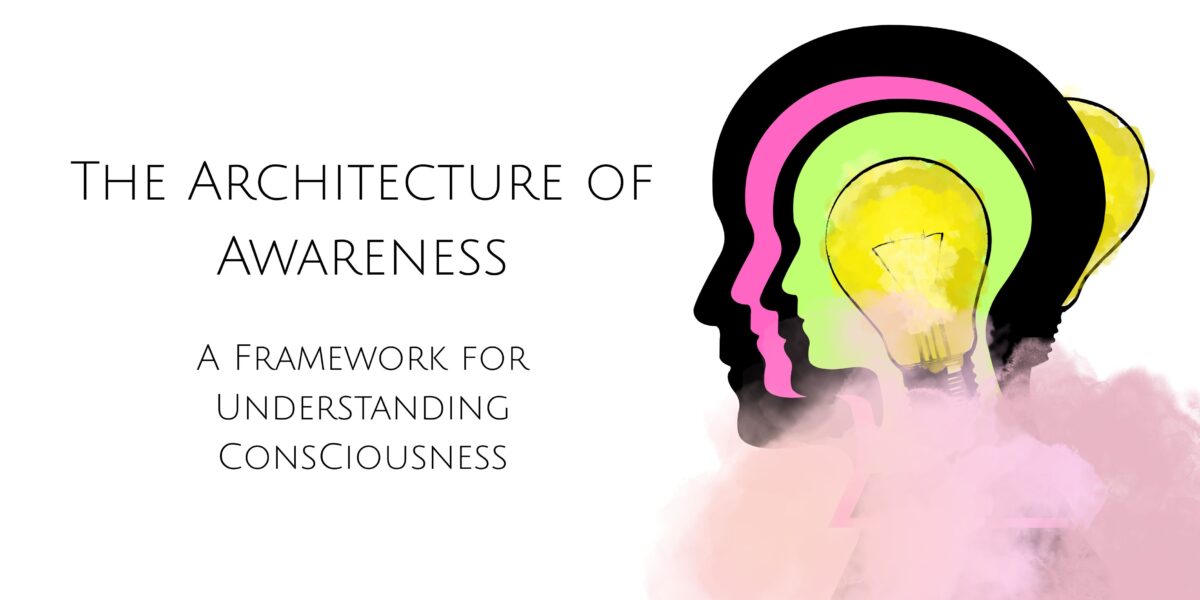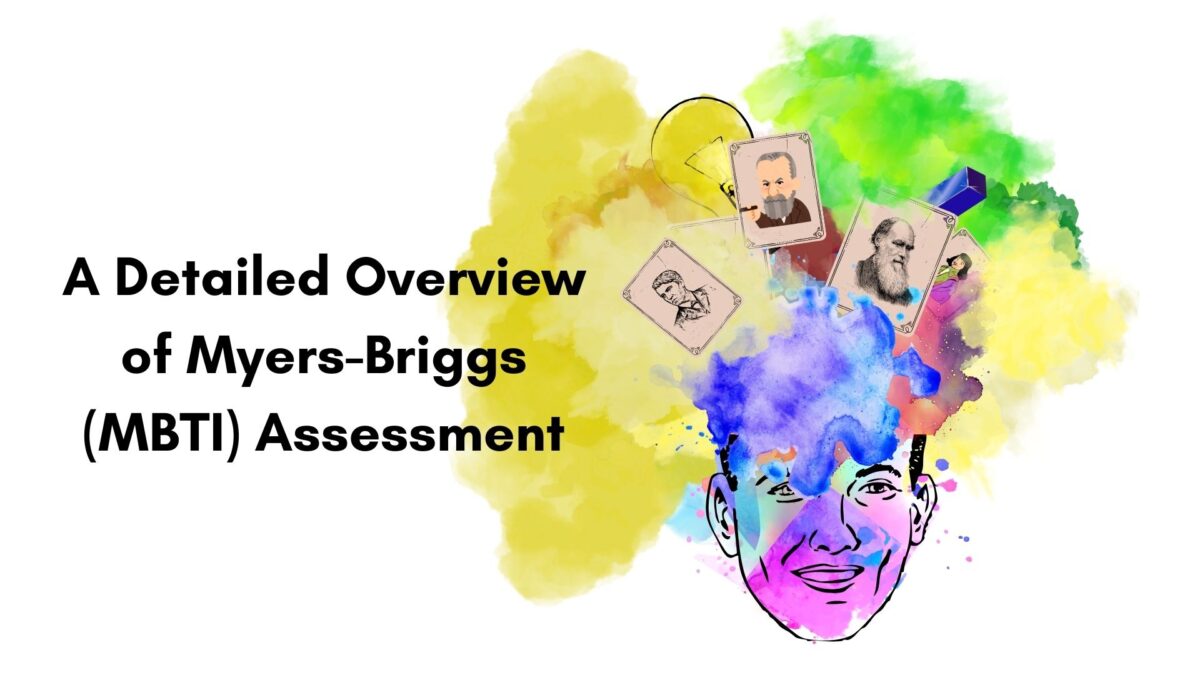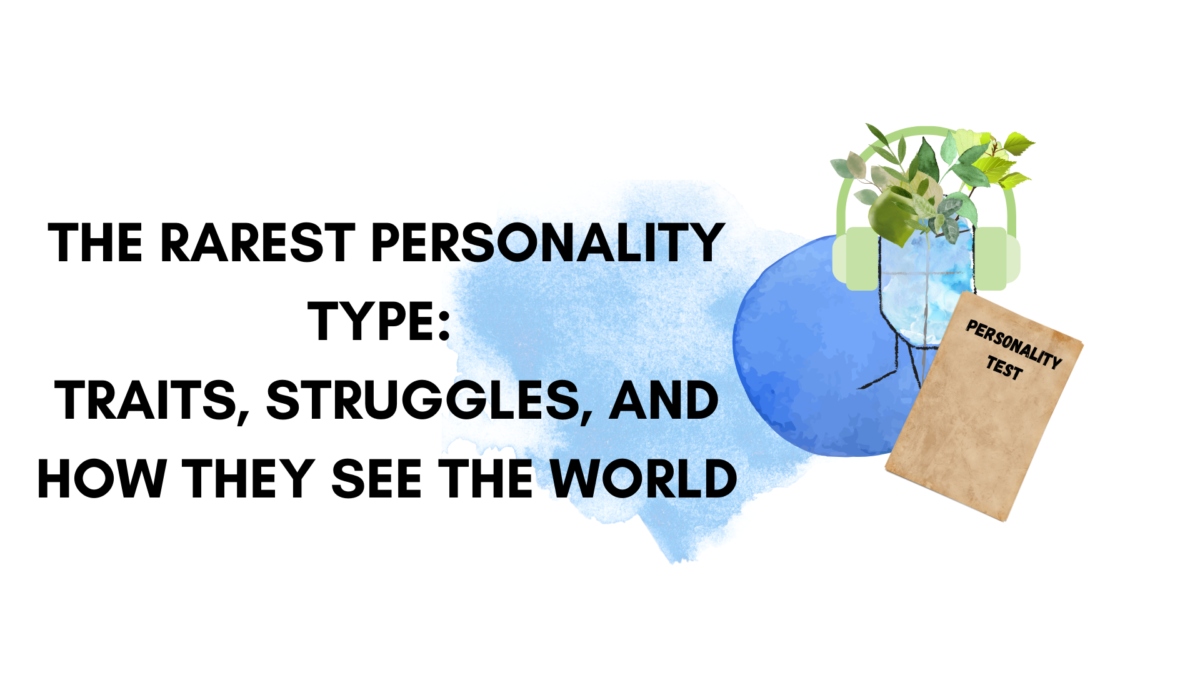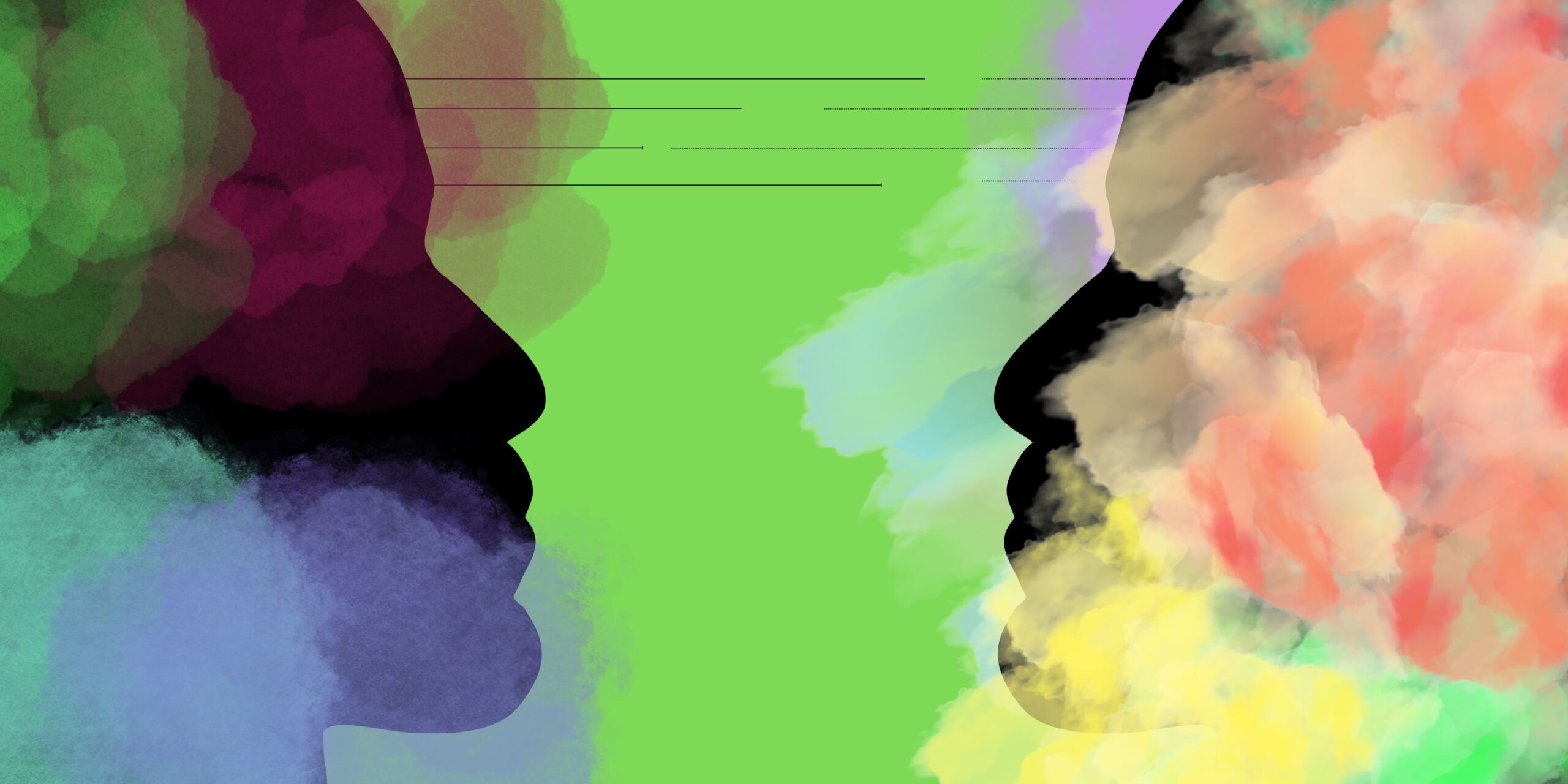In today’s fast-paced world, success is no longer measured by IQ alone. While technical skills and knowledge are valuable, research consistently shows that people who thrive in life often share another key strength: emotional intelligence (EI). Emotional intelligence is the ability to recognize, understand, and manage emotions – both our own and those of others. […]










